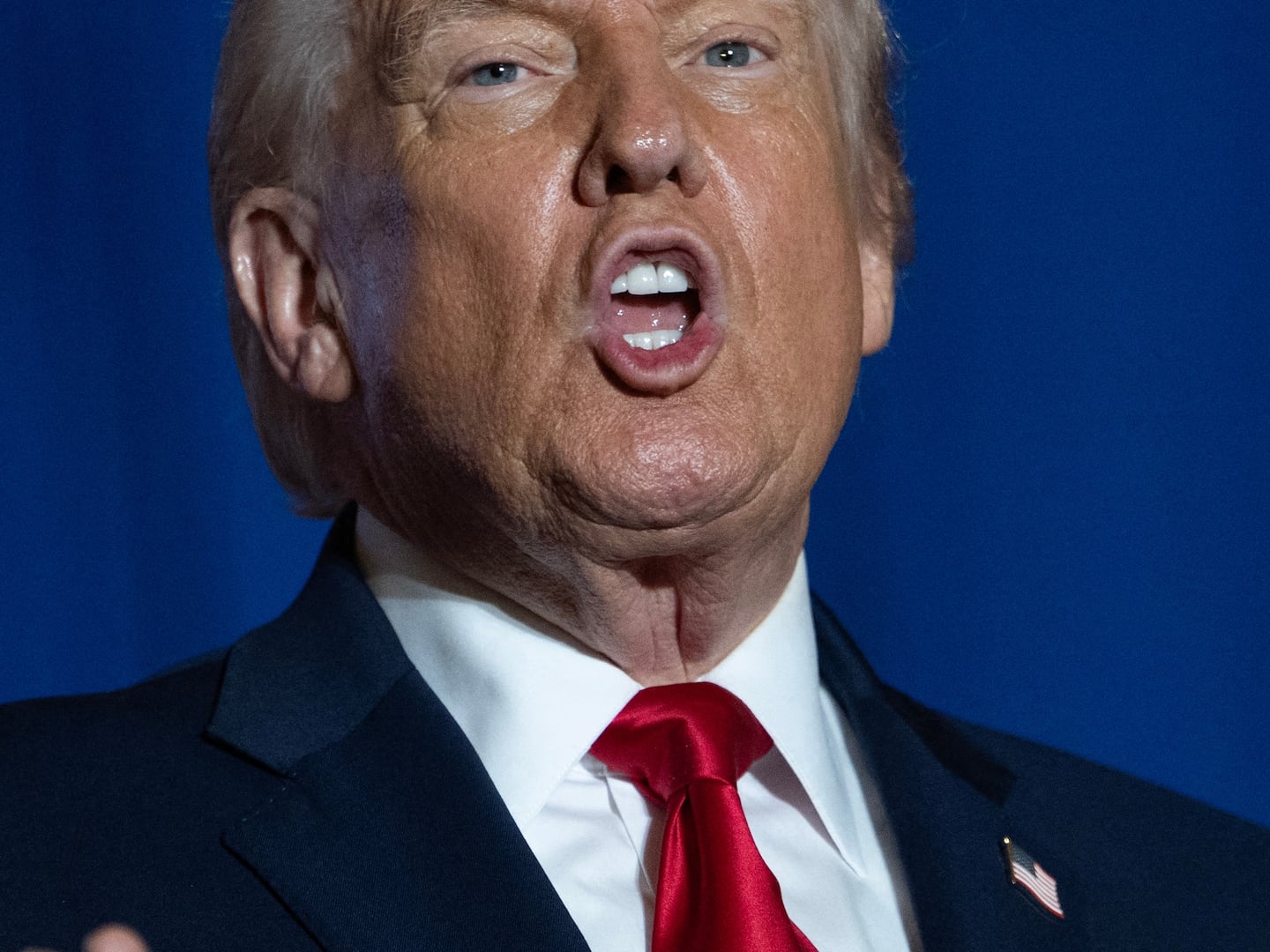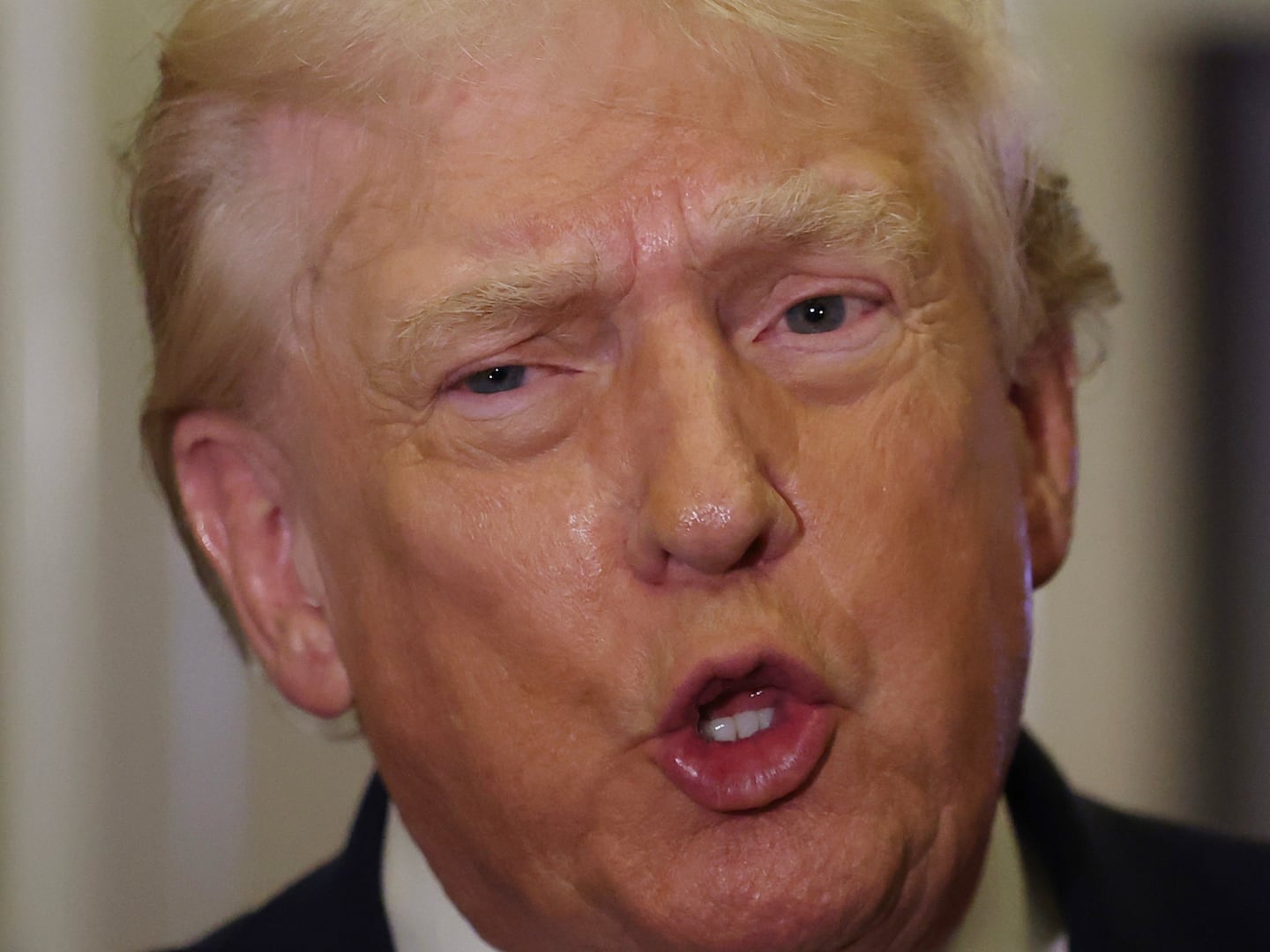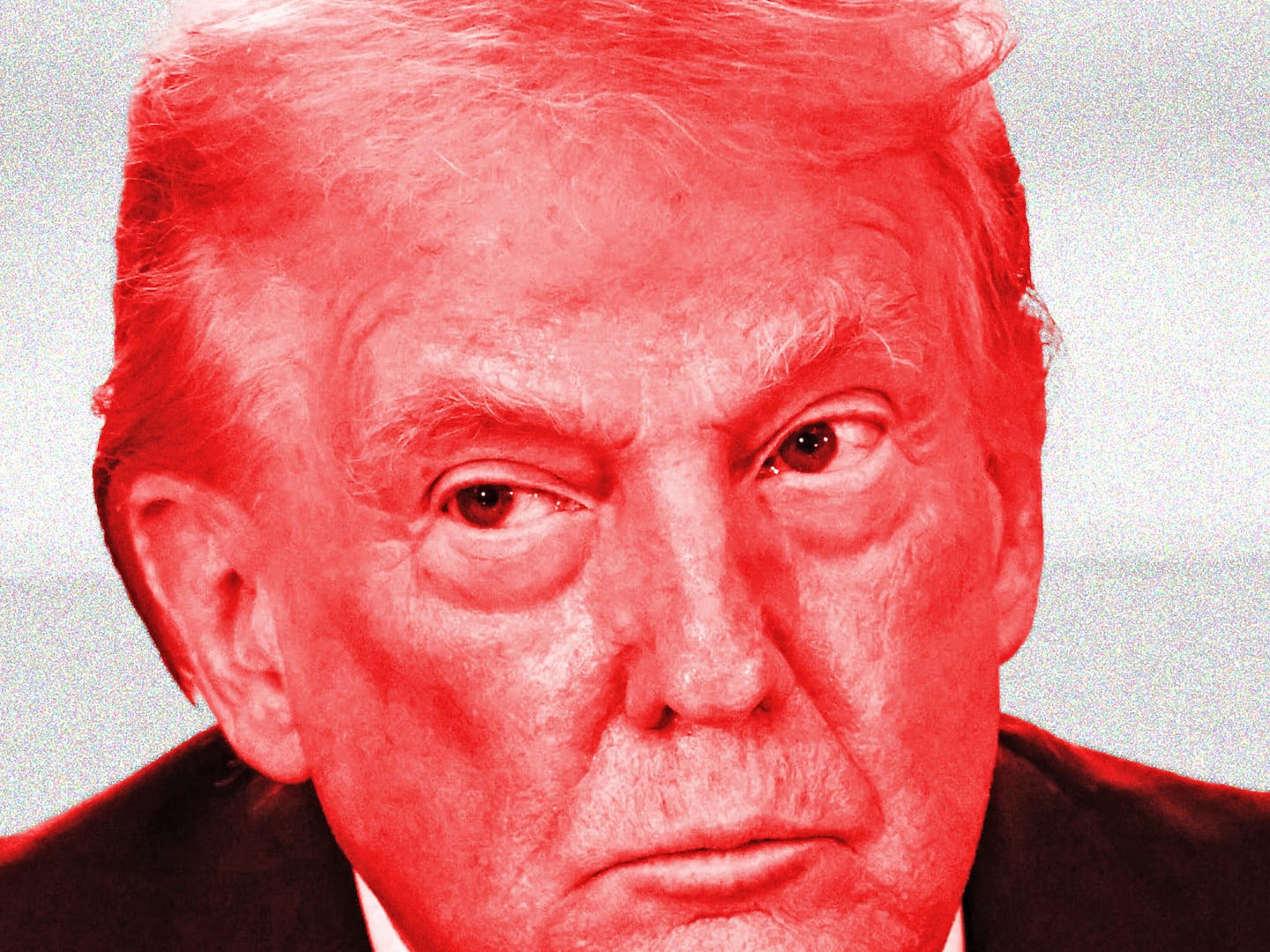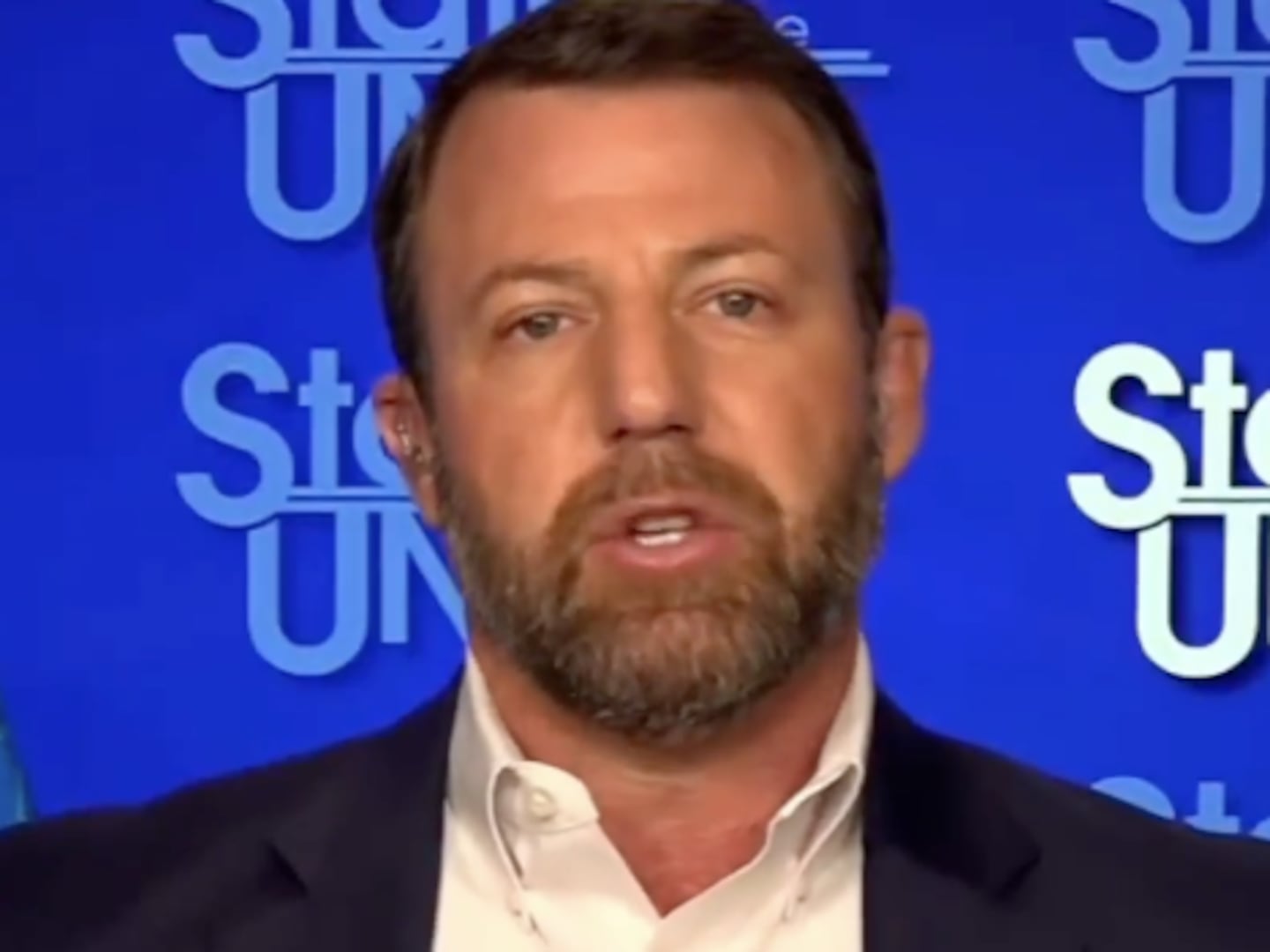
The late Sen. Edward M. Kennedy is hailed as a liberal hero for his tireless crusade for health care, his push for civil rights, and his forceful effort to block Robert Bork from winning a seat on the U.S. Supreme Court. But there is another chapter of his legacy that has gone largely overlooked: Kennedy’s role as a hidden hand during Watergate—helping to bring down President Richard M. Nixon.
Kennedy played a critical role in setting in motion the chain reaction that became the “Saturday Night Massacre,” that fateful weekend when Richard Nixon had his great fall: the resignation of Attorney General Elliot Richardson, and with him Nixon’s last claim to honor; and the firing of Deputy Attorney General William Ruckelshaus, which was followed by the firing of Watergate Special Prosecutor Archibald Cox—at the hand of then-Solicitor General Robert Bork. As the late Massachusetts senator’s chief counsel, Jim Flug, once said, “the Saturday Night Massacre was born in Kennedy’s office.”
Kennedy had his staff follow coverage of the Watergate break-in closely, then exercise the Judiciary Committee’s subpoena power to investigate further. “I know the people around Nixon,” Kennedy told Washington Post reporter Carl Bernstein. “They’re thugs.”
Ted Kennedy had a firm grasp on the weapons he held as a member of the Judiciary Committee and knew precisely how to wield them. It turns out that Richard Nixon, like almost everyone else, was so afraid of the youngest Kennedy brother’s presidential ambitions that he was blinded to the backroom menace Kennedy posed.
Not long after the June 1972 break-in of the Democratic National Committee at the Watergate, Kennedy’s people went to work. Flug, who was chief counsel to Kennedy’s Judiciary subcommittee, had the Library of Congress begin collecting every news clipping on the break-in. Kennedy then got the full Judiciary Committee to investigate, using its subpoena power. “I know the people around Nixon,” he told Washington Post reporter Carl Bernstein. “They’re thugs.”
Nixon’s men had put a “tail” on Kennedy. On a White House tape of July 27, 1971—with the election fast approaching—the president can be heard asking if they’ve got the Massachusetts senator under enough surveillance. “Teddy? Who knows about the Kennedys?” Nixon asks. “Shouldn’t they be investigated?” Aide John Ehrlichman assures him that Kennedy was getting special attention. “Teddy, we are covering personally,” Ehrlichman says. He briefs Nixon on a trip Kennedy had just taken to Hawaii. “Did he do anything?” Nixon asks. “He was very clean,” Ehrlichman responds. “Very clean. He’s very careful now.”
• Read highlights from Teddy’s memoir.On a September 7 tape, Nixon demands more information on any misconduct. “Plant one, plant two guys on him. This could be very useful. We just might be lucky and catch this son of a bitch, ruin him in 1976,” Nixon says of Teddy. “He doesn’t know what he’s really getting into. We’re going to cover him, and we’re not going to take ‘no’ for an answer. He can’t say ‘no’ to the Secret Service.” Nixon had told Treasury Secretary John Connolly, his chosen successor, that after the expected Democratic debacle that November, he didn’t want Kennedy politically fit to “pick up the pieces” in ’76.
Nixon’s immediate concern was how the Democrats might exploit Watergate. Listen to him on September 11, when he learned that Kennedy’s subcommittee was swinging into action. “They’re going to try to haul the thing up publicly,” Nixon worries in a chat with chief of staff Bob Haldeman. The president appears particularly nervous about Congress’ subpoena power. “It shows you how important it is to win the Congress. You win Congress, you take control of the committees,” Nixon says.
The Saturday after the election, Nixon still hoped Ted Kennedy would lay back on Watergate. “He can’t kill us,” he told Haldeman, “therefore he won’t strike.”
But by now Flug and Judiciary Committee investigator Carmine Bellino had begun scrutinizing the connections between operatives like Donald Segretti of the Committee to Re-Elect the President, or CREEP, and their campaign “dirty tricks” with the Nixon White House. Using telephone credit-card records, they sketched the outlines of Watergate from the burglars’ phone numbers to the “456” exchange of the White House. They tracked the whole Watergate chain of command from CREEP headquarters at 1701 Pennsylvania Avenue across the street and down the block to the president’s doorstep.
In January 1973, the month of Nixon’s second inaugural, the Democratic majority on the committee voted to create the Select Committee on Presidential Campaign Activities to probe the Watergate break-in and other efforts against the Democrats in the 1972 election. North Carolina’s Sam Ervin was named chairman. Ted Kennedy, whose subcommittee had done all the work, pushed Ervin for the chairmanship. He wanted to allay suspicion that the Watergate probe was being driven by such an obvious Nixon adversary—when in fact, it was.
Kennedy’s seven-month investigation, begun just after the June 1972 break-in, gave the panel detailed information on the role of the Nixon White House as well as the Nixon reelection committee in the “dirty tricks” campaign.
Even before the Watergate Committee opened hearings, leaked testimony linked Nixon’s closest aides to the crime. Nixon pal John Mitchell was fingered for giving his own deputy the green light on the break-in. Nixon was forced to fire both Haldeman and Erhlichman for their roles in the caper. To save himself, Nixon nominated the estimable Elliot Richardson to be his new attorney general. With the Democrats now on his tail, he needed to take the high road—or at least create that impression.
Kennedy began pushing for the creation of a special prosecutor to look into Watergate. That, he made clear, was his price for getting Richardson approved by the Senate Judiciary Committee. He rejected the names Richardson put forward until he got the one he wanted: Archibald Cox. Cox had served Attorney General Robert Kennedy as solicitor general, and before that had worked on Jack Kennedy’s presidential campaign. Cox managed JFK's speechwriting and research operation, most importantly during the “Great Debates” with Nixon.
Kennedy demanded that Richardson give Cox a clear avenue to pursue his target—insisting that the special prosecutor be given unlimited money, unlimited time, and total protection from Nixon. He could not be fired except by Richardson himself—and only then in the event of “extraordinary improprieties.”
Cox proceeded to fill his investigative staff with veterans of Bobby Kennedy’s Justice Department and the 1968 presidential campaign. Of the 11 senior counsels Cox hired, seven had been associated with either Jack, Bobby, or Teddy. The Watergate prosecution was going to be a Kennedy operation and Richard Nixon couldn’t do a thing about it.
“Cox will be a disaster,” pronounced Henry Kissinger, a former Harvard colleague. “He has been fanatically anti-Nixon all the years I’ve known him.” Gallows humor took hold in the Nixon camp. “Archie Cox?” a group of punchy aides laughed, imagining Nixon confronting Richardson over the horrendous appointment. “I thought you said you’d pick Eddie Cox!” The reference was to the president’s son-in-law, who had just graduated from law school.
Kennedy kept at it. In July 1973, the Watergate Committee revealed the existence of the Nixon White House taping system. Two months later, Kennedy warned that if Nixon dared to defy a Supreme Court order to turn over the tapes, “a responsible Congress would be left with no recourse but to exercise its power of impeachment.”
On October 20, 1973, Archibald Cox called a 1 p.m. press conference. With the cameras arrayed before him, he demanded tapes of any and every presidential conversation he deemed important. Alexander Haig, Nixon’s new chief of staff, called Richardson and said the president wanted Cox fired. Richardson asked for a meeting with Nixon and said he couldn’t because of his promise to Cox that he would “not countermand or interfere with the special prosecutor’s decisions or actions.” He told Nixon he could not dishonor his word and had no choice but to resign.
Thus began the Saturday Night Massacre. When Richardson’s deputy, Ruckelshaus, tried to resign, Nixon fired him. Nixon next asked Solicitor General Robert Bork to fire Cox. Bork followed orders.
Kennedy called the actions that day “a reckless act of desperation by a president who is afraid of the Supreme Court, who has no respect for law and no regard for a man of conscience.”
Kennedy, with his remarkable attention to the individual—think of all those first-hand tributes we witnessed at the time of his funeral—knew all the personalities in this play. He knew Cox would be relentless in demanding the evidence, especially the damning White House tapes. He knew Richardson, his fellow Bay Stater, was a man of rectitude who would never, ever betray his trust with Cox. And he knew, before anyone else, how much Nixon had to hide.
His adversary had his own lonely part to play, of course. The White House tapes show amply how Nixon had tried and failed to nail Kennedy before Kennedy could nail him. Late in the game, even after Chappaquiddick, Nixon feared Kennedy would challenge him in ’72. “He was always in the political equation,” Nixon henchman Chuck Colson once told me. “There were times when we worried he would get in the race and resurrect the Kennedy charisma. You just sensed this was the flashpoint. It was like we’d be running against the ghost of Jack Kennedy.”
E. Howard Hunt’s first mission, after joining the White House “plumbers” in 1971, was to head up to Cape Cod and dig up dirt on Ted. That move helped put the press on the Watergate trail. When The Washington Post’s Bob Woodward and Carl Bernstein learned that Hunt had checked out a copy of The Bridge at Chappaquiddick from the Library of Congress, using the White House account, they realized that officials like Hunt were not just plugging security leaks; they were out there doing political gum-shoeing and dirty tricks as well.
Nixon couldn’t help himself. He’d been beaten by Jack Kennedy in 1960, after all, and believed that a Kennedy spying operation contributed to his 1962 defeat in the California governor’s race. As Ray Price, Nixon’s speechwriter, put it: “The ghost that dogged Nixon’s footsteps, that disturbed his night and plagued his days was less that of Kennedy himself than it was of Camelot.”
One White House tape in particular shows how much Teddy haunted Nixon. It’s from January 3, 1973. Nixon is sitting with Haldeman, trying to draw out his chief of staff on exactly what the Watergate burglars were up to. He seems to have a general idea of the caper and which of his men gave the actual green light, but he’s still in the dark on the details.
Nixon: “I can see Mitchell. I just can’t see Colson getting into the Democratic … What the Christ was he looking for?” Haldeman goes into detail about the kinds of financial information the burglars were seeking, their attempts to figure out what the opposition was up to—including some “Democratic plot” to upset the Republican convention that summer in Miami. Haldeman: “Colson was salivating with glee at what they might be able to do with it.” Nixon: “You mean Colson was aware of the Watergate bugging? That’s hard for me to believe.” Haldeman: “Not only was he aware of it; he was pushing very hard for results from it.” Nixon: “Was that what it was?” Haldeman: “It gets down to undeniable specifics … times of meetings, with times and places and that sort of thing.” Nixon’s chief-of-staff then turns to another bugging target. Haldeman: “And the other one, of course, on Teddy.” [Haldeman repeats himself.] And the other one, I guess, on Teddy. “ Nixon: “You mean the tail on him and that sort of thing?” Haldeman: “Apparently they tried … I don’t know the details. They tried or did bug him, too. The tail was something else.” Nixon: “I see.”
If Nixon was surprised, he didn’t show it. He wasn’t shocked as much as he was curious about the details. And he wanted to know who was keeping tabs on whom, making sure never to lose sight of the Massachusetts senator—the one who haunted him, and ultimately helped do him in.
Matthews hosts Hardball with Chris Matthews weekdays on MSNBC. This article is drawn from Kennedy & Nixon: The Rivalry that Shaped Postwar America, which Matthews wrote in 1996, and from White House tapes housed at the National Archives in College Park, Maryland.






